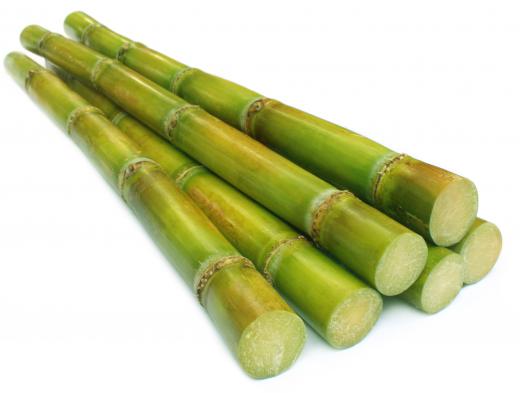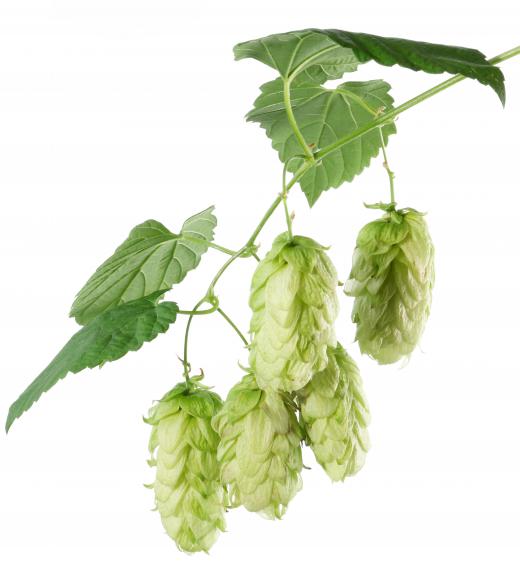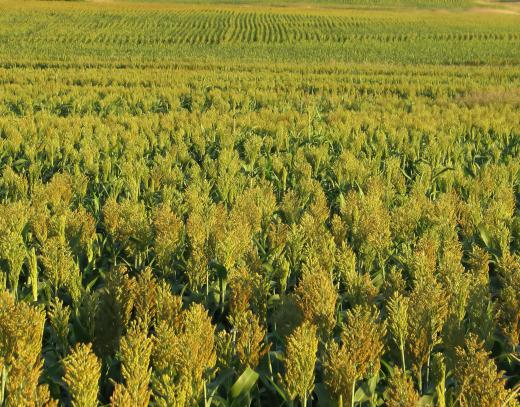Different types of crop plants can be distinguished by their function, which can range from human consumption to animal nourishment. The largest group of these plants includes those which are consumed by humans, like root crops, leaf crops and grains. Other plant varieties serve as accompaniments or seasonings, and may include things like oil-producing crops or sugar plants. Many crops can also be used for animal feed, and may include products ranging from corn to various grasses. Finally, some crop plants fall outside of these basic categories, and may include things like coffee, tea or tobacco.
The most common types of crop plants are those meant for human consumption. This group of crops can be further broken down into categories based on different plant features an qualities. For example, potatoes and yams are considered types of root crops, while spinach and kale are two types of leaf crops. Beans, cereal and grains represent additional types of plants meant for human consumption, and include hundreds of different varieties. Fruit and vegetable bearing plants and trees, as well as nut trees, also fall within this grouping.

Some crops are eaten by humans, but do not necessarily serve as a primary food source in the same manner as corn, fruits or grains. These include oil crop plants, including cotton, olive and canola. Sugar beets and sugar cane are two other types of crops which produce sugar used in food. Plants used to produce spices and other seasonings also fall within this grouping of plants.

Some crop plants are not considered food or seasoning, but are still used to produce products which are consumed by humans. This includes coffee and tea, along with chocolate plants. Grains used in beer production, which may also be referred to as "hops," also belong to this category. Finally, many consider tobacco to be a form of crop, including both personal and commercial varieties of this plant.

Large quantities of crop plants are used to serve as animal feed, and are not meant for human consumption. Many varieties of corn are planted primarily to support cattle, chickens and other animals. These crops are often of lesser quality than those designed for humans, or may contain special nutrients or other special qualities. Grasses and ground cover plants which are planted to feed livestock or other types of animals are also considered a form of crop plant.
